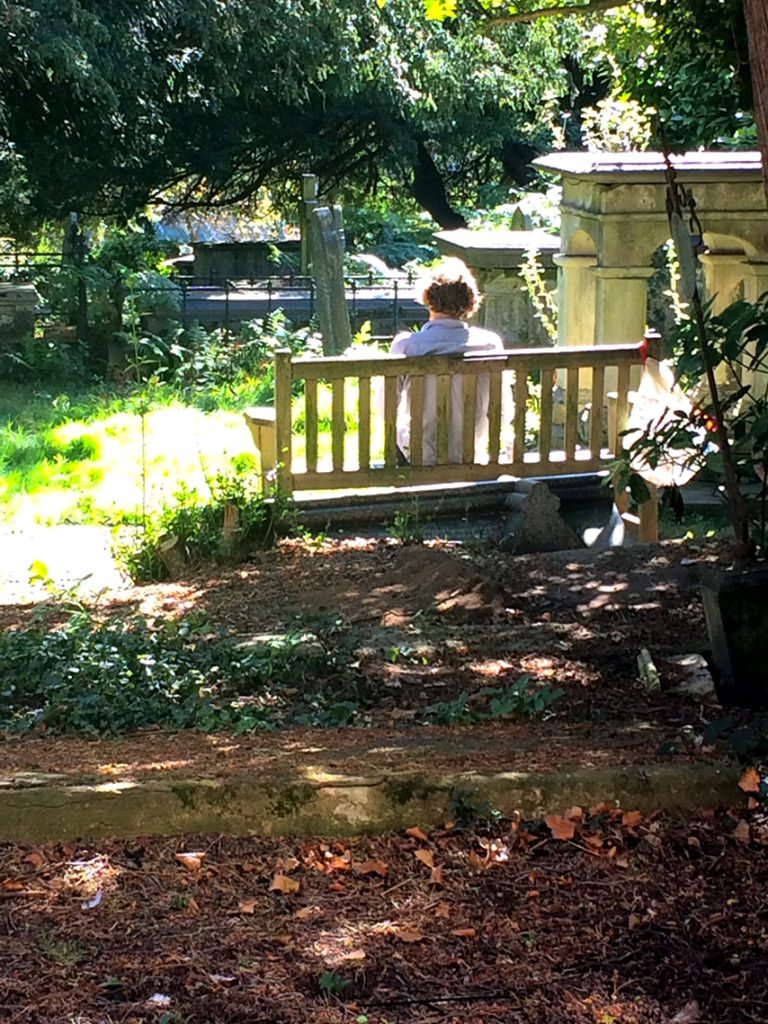Eco Church and the importance of our green spaces
Hampstead Parish church has set up an Eco Church Group to look at ways that we can respond to the needs of our planet. It held its first meeting in November.
To help us to to achieve our aims we have joined the A Rocha forum which aims to equip churches to express their care for God’s world in worship and teaching, in how we look after our buildings and land, in how we engage with our local community and in global campaigns, and in the personal lifestyles of our congregation. To find out more have a look at their website https://ecochurch.arocha.org.uk/
Hampstead Parish Church is already doing many things through sensitive recycling, the solar panels on our roof and the way it manages its green spaces. It wants to go further and to incorporate our ecological aims into all aspects of our church life, including our Mission Action Plan, our work with children, and outreach within the wider local community.
Our churchyard and two burial grounds are important green spaces for our local community for recreation, as a place of peace and tranquillity and as important areas of biodiversity. The original burial ground and the Additional Burial Ground were designated as a Site of Nature Conservation Importance (borough importance grade 1) in November 2003. They are excellent places for wildlife and provide a refuge for many different species of plants and animals. To highlight some of the riches of these two spaces –
- Trees – There are a number of fine, mature trees – including Cedar of Lebanon, yew, horse-chestnut, beech, holm oak and sycamore – and dense planted shrubberies.
- Grasses – The grassland areas in the Additional Burial Ground contain species that are indicative of old, slightly acidic meadowland (maybe even the original field habitat from over 200 years ago) – including perennial rye-grass, sweet vernal-grass, field wood-rush and sheep’s-sorrel.
- Wildflowers – There are well over 100 different flowering species in the Additional Burial Ground including white clover, creeping buttercup and agrimony.
- Other vegetation – The tall herb vegetation is diverse and well established, and includes a number of types of fern – in particular hart’s-tongue and the uncommon lady-fern, as well as numerous species of mosses and lichens.
- Fauna – It is also home to birds (nuthatch, long-tailed tits, wrens and jays), bats (noctule, common and soprano pipistrelle), and butterflies (gatekeeper and speckled wood).
To encourage wildflowers the site is mown infrequently during the summer months. Gravestones with lichens and mosses are left untouched, where possible, and areas of ivy and bramble kept undisturbed to provide habitats for birds, bats and invertebrates.
Churchyards can be excellent places for wildlife for two crucial reasons: They provide a quiet refuge for wildlife, away from houses and streets; and they can often be one of the few patches of uncultivated land, untouched by chemical fertilisers and pesticides. In addition older churchyards are a remnant of older habitats – perhaps ancient meadows that were used for hay or grazing animals long before the church itself was built.
In 2009 the Heritage Lottery Fund recognised the ecological and historic importance of these two sites, and awarded a 3 year grant to Camden Council in partnership with the church to restore some of the historic graves, improve accessibility and habitat management, and use the site for guided walks, education sessions and other events. As part of this project a resource pack for schools was created.
The challenge for the church is to maximise the benefits of our green spaces in an ecologically sustainable way.
There will be more in subsequent Church Chats on our responses to the global environmental challenges

